
Happy 2010 from 511CC! Just in case you were too busy celebrating the holidays and missed the following news, on Dec. 23, 2009 the California Highway Patrol (CHP) announced new traffic laws to go into effect for 2010 starting this month or in July. Here are just a few to consider if you’re a Californian driver:
 Ignition Interlock Devices (IID)
Ignition Interlock Devices (IID)
Ignition Interlock Devices (IID) (AB 91, Feuer) Effective July 1, 2010, this new law establishes a pilot program in the counties of Alameda, Los Angeles, Sacramento and Tulare from July 1, 2010 to January 1, 2016. The pilot program will require, as a condition of reissuing a restricted driver’s license, being issued a driver’s license, or having the privilege to operate a motor vehicle reinstated, subsequent to a conviction of any DUI offense; to install an IID in any vehicle, not including a motorcycle owned or operated by the offender. This new law also establishes installation requirements and requires the installer of the IID to notify the Department of Motor Vehicles (DMV) when the IID has been tampered with, bypassed or attempted to be removed. The length of time the IID would be required to be installed in the person’s vehicle is based upon the number of DUI convictions and whether the offense was a misdemeanor DUI or a felony DUI.
 Driving Under the Influence
Driving Under the Influence
Driving Under the Influence (SB 598, Huff) Effective July 1, 2010, this new law requires the Department of Motor Vehicles (DMV) to advise second and third time misdemeanor DUI offenders of the following options: obtain a restricted driver’s license that would allow driving after serving a 90-day suspension period for a second conviction of misdemeanor DUI, or a six month suspension period for a third conviction of misdemeanor DUI if the violation only involves alcohol. The offender must enroll in a DUI program and the offender must install and maintain an IID in their vehicle.
Move Over and/or Slow Down for Emergency Vehicles and Stationary Tow Trucks
 Move Over/Slow Down (SB 159, Simitian) The new law removes the January 1, 2010, sunset date on Sections 21809 VC and 25253 VC. Section 21809 VC requires a person driving a vehicle on a freeway and approaching in a lane immediately adjacent to a stationary, authorized emergency vehicle that displays emergency lights, or a stationary tow truck that displays flashing amber warning lights, to safely make a lane change from that lane, or slow to a reasonable speed. Section 25253 VC requires tow trucks used to tow disabled vehicles to be equipped with flashing amber warning lamps and authorizes tow trucks to display flashing amber warning lamps while providing service to a disabled vehicle. However, this section prohibits tow trucks from displaying flashing amber warning lamps on a freeway except when an unusual traffic hazard or extreme hazard exists.
Move Over/Slow Down (SB 159, Simitian) The new law removes the January 1, 2010, sunset date on Sections 21809 VC and 25253 VC. Section 21809 VC requires a person driving a vehicle on a freeway and approaching in a lane immediately adjacent to a stationary, authorized emergency vehicle that displays emergency lights, or a stationary tow truck that displays flashing amber warning lights, to safely make a lane change from that lane, or slow to a reasonable speed. Section 25253 VC requires tow trucks used to tow disabled vehicles to be equipped with flashing amber warning lamps and authorizes tow trucks to display flashing amber warning lamps while providing service to a disabled vehicle. However, this section prohibits tow trucks from displaying flashing amber warning lamps on a freeway except when an unusual traffic hazard or extreme hazard exists.
Note: Move Over/Slow Down also applies to stationary, marked Caltrans vehicles displaying flashing amber warning lights.
 Driving with TV or Video
Driving with TV or Video
Television Broadcast or Video Signal (AB 62 Portantino) This new law allows a person to drive a motor vehicle with a television receiver, video monitor, television or video screen, or any other similar means of visually displaying a television broadcast or video signal if the equipment is designed, operated and configured in a manner that prevents the driver of the motor vehicle from viewing the television broadcast or video signal while operating the vehicle in a safe and reasonable manner.
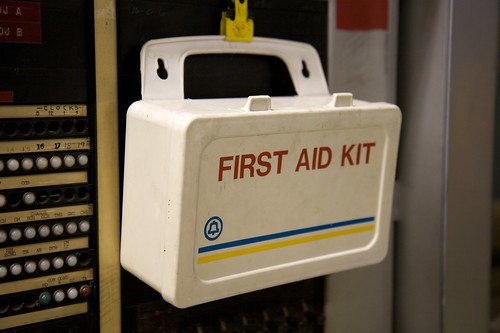 Good Samaritans
Good Samaritans
Personal Liability Immunity ( AB 83, Feuer) Effective August 6, 2009, this new law provides that a Good Samaritan who renders medical or non-medical care at the scene of an emergency would not be liable for any civil damages.
 Evasion of Tolls
Evasion of Tolls
Toll Evasion Violations (AB 628, Block) This new law permits vehicular crossings and toll highways operating in California to use a pay-by-plate toll system where motorists are identified by their vehicle license plate and billed or the toll is deducted from the Automatic Vehicle Identification (AVI) account. This law also provides that it is evidence of a violation for a person to enter a vehicular crossing or toll highway without at least one of the following: Money in an amount to pay the prescribed tolls, and transponder or other electronic toll payment device associated with a valid AVI account or a valid vehicle license plate properly affixed to the vehicle in accordance with current law.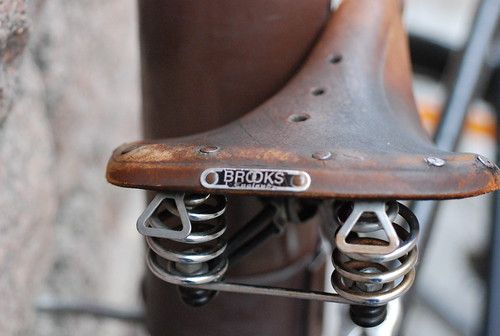
Riding Bicycles Without Seats
Bicycles (SB 527, Kehoe) This new law allows a person to ride a bicycle without a seat if the bicycle was designed by the manufacturer to be ridden without a seat.
For the CHP media release containing details of all changes to California’s traffic laws in 2010, download The New Year Brings New Laws (96 KB PDF) from the California Highway Patrol website.
Click here to view all California Highway Patrol press releases.
News sources:
The new year brings new vehicle laws – KGET
New rules of the road 2010 – St. Helena Star

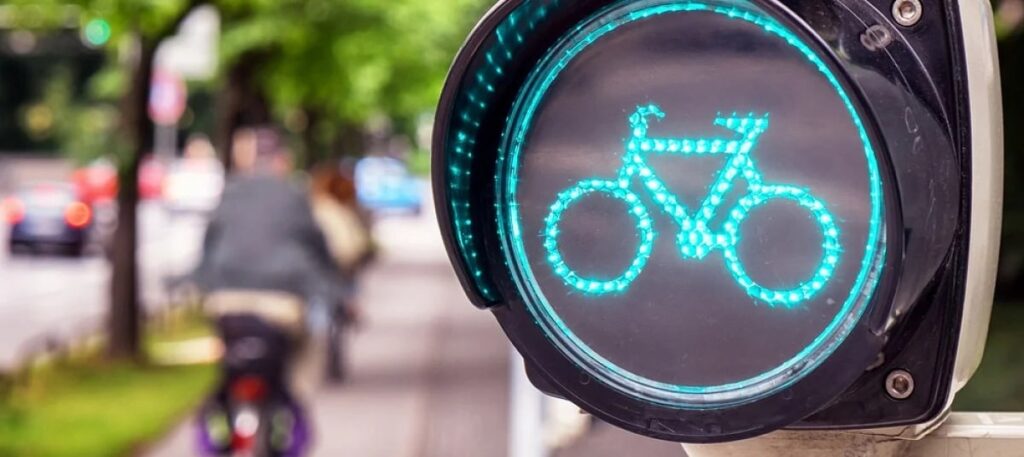
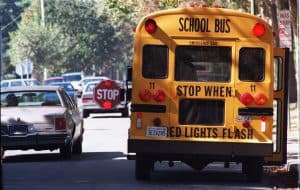



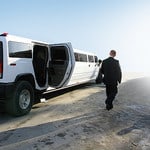
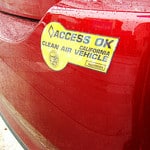





 Ignition Interlock Devices (IID)
Ignition Interlock Devices (IID) Driving Under the Influence
Driving Under the Influence Move Over/Slow Down (SB 159, Simitian) The new law removes the January 1, 2010, sunset date on Sections 21809 VC and 25253 VC. Section 21809 VC requires a person driving a vehicle on a freeway and approaching in a lane immediately adjacent to a stationary, authorized emergency vehicle that displays emergency lights, or a stationary tow truck that displays flashing amber warning lights, to safely make a lane change from that lane, or slow to a reasonable speed. Section 25253 VC requires tow trucks used to tow disabled vehicles to be equipped with flashing amber warning lamps and authorizes tow trucks to display flashing amber warning lamps while providing service to a disabled vehicle. However, this section prohibits tow trucks from displaying flashing amber warning lamps on a freeway except when an unusual traffic hazard or extreme hazard exists.
Move Over/Slow Down (SB 159, Simitian) The new law removes the January 1, 2010, sunset date on Sections 21809 VC and 25253 VC. Section 21809 VC requires a person driving a vehicle on a freeway and approaching in a lane immediately adjacent to a stationary, authorized emergency vehicle that displays emergency lights, or a stationary tow truck that displays flashing amber warning lights, to safely make a lane change from that lane, or slow to a reasonable speed. Section 25253 VC requires tow trucks used to tow disabled vehicles to be equipped with flashing amber warning lamps and authorizes tow trucks to display flashing amber warning lamps while providing service to a disabled vehicle. However, this section prohibits tow trucks from displaying flashing amber warning lamps on a freeway except when an unusual traffic hazard or extreme hazard exists. Driving with TV or Video
Driving with TV or Video Good Samaritans
Good Samaritans Evasion of Tolls
Evasion of Tolls
